
On October 2, 2025, the Trump administration implemented a new federal rule that significantly decreased wages for 400,000 U.S. farmworkers by as much as one-third. This abrupt change sent shockwaves through rural communities that relied on agricultural labor.
The order, which alters the method for setting wages for H-2A visa workers, jeopardizes the essential workforce fundamental to American agriculture. Amidst ongoing farm labor shortages and rising food prices, this policy shift raises crucial concerns about the sustainability of food supply chains and rural economies. As farmers grapple with these unforeseen challenges, many question the long-term repercussions on their livelihoods.
Rural Fallout

The implications of this wage reduction extend beyond individual workers; they pose a collective risk to the food supply. The Department of Labor has expressed concerns that a shortage of available farmworkers could lead to further disruptions in food production, potentially driving prices higher for consumers.
Given that labor costs account for a significant portion of agricultural expenses, the new wage policy threatens to exacerbate existing shortages and economic strain across rural America. For many small-scale farmers, who operate on thin margins, this situation may prove catastrophic, intensifying debates surrounding agricultural policy and labor rights. Will farmers be forced to choose between profitability and ethical practices?
Policy Roots

Established to address seasonal labor shortages in agriculture, the H-2A visa program has experienced significant growth, increasing from 98,813 issued visas in 2012 to 384,000 in 2024. The Trump administration’s latest changes are explicitly designed to target this expanding workforce while aiming to reduce overall labor costs for growers.
However, these alterations carry the risk of further marginalizing farmworkers, many of whom rely on these jobs for their livelihoods. As policymakers navigate the contentious landscape of labor rights and agricultural policy, the stakes have never been higher for both growers and the workers who harvest the nation’s crops.
Mounting Pressure
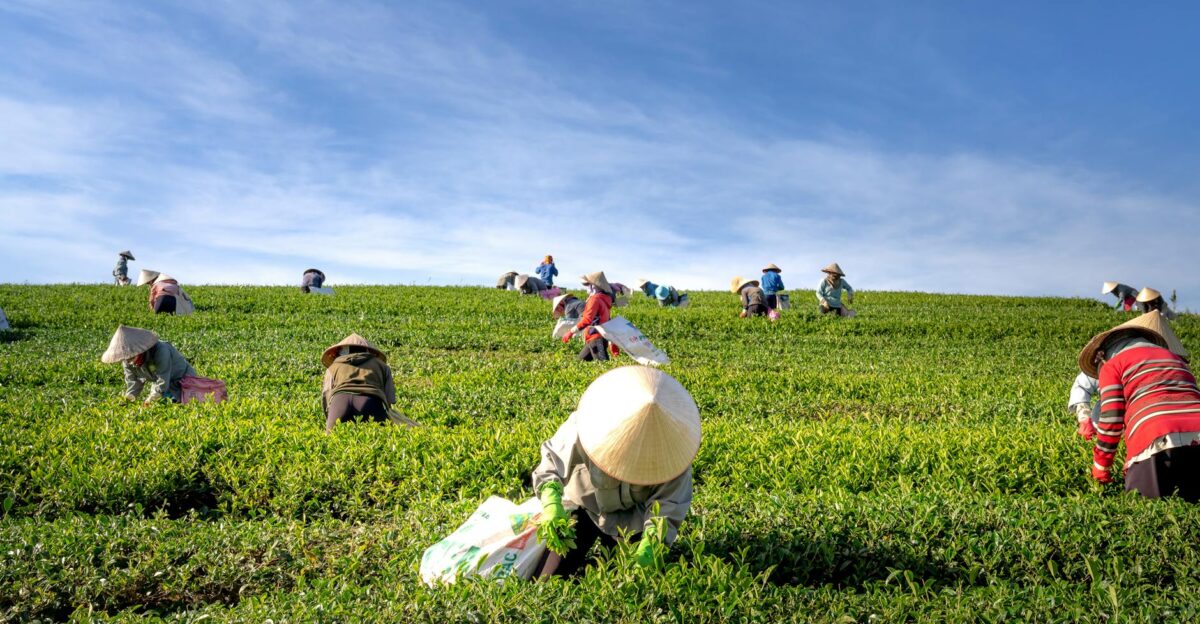
Farmers are under intensified pressure from various factors, including trade wars, tariffs, and a crackdown on immigration. Retaliatory tariffs from countries like China have significantly impacted export markets, while stringent immigration policies have led to critical labor shortages on U.S. farms. As farmers struggle to maintain productivity amid these challenges, many are left to question how government policies are contributing to their woes.
This environment, characterized by economic uncertainty and policy shifts, presents significant operational challenges. Without an adequate workforce to harvest crops, the resilience of American agriculture is at risk, posing a challenge to the very fabric of rural economic stability.
Aid Slashed

Compounding the challenges faced by farmworkers, the Trump administration cut $2.4 billion in federal aid intended for roughly 400,000 agricultural laborers between 2018 and 2019. The USDA’s Market Facilitation Program notably excluded farmworkers, diverting financial support primarily to landowners instead. These cuts exacerbate the economic struggles of workers already facing wage reductions and job insecurity.
Advocates for farmworker rights argue that such financial neglect not only undermines the livelihoods of thousands but also destabilizes entire communities that rely on a robust farm labor force. The ongoing divestment raises critical questions about the future of agricultural support systems in the U.S.
Regional Impact
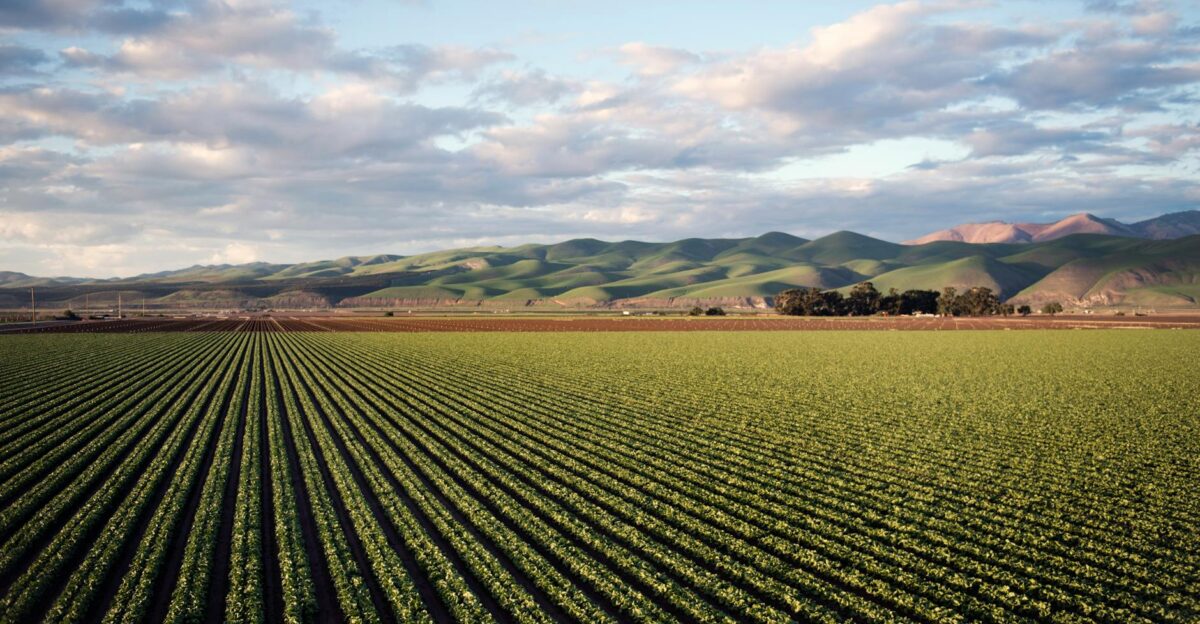
The states with the most significant agricultural sectors, including California, Arizona, and Washington, are experiencing the most severe effects of the wage cut. In California, Indigenous and migrant farmworkers have reported cuts to their hours and heightened job insecurity stemming directly from the new wage regulations.
As these workers struggle to make ends meet, communities that rely on agricultural economies face a threat to their stability. For many farmworkers, these changes signal a move toward greater economic vulnerability, prompting community organizations to mobilize against the shifting labor landscape. The statistics reveal a disturbing trend: who bears the burden of these policy changes?
Human Toll

The human impact of policy changes can be dire, as evidenced by the words of Sarait Martinez, director of the Binational Center for Oaxacan Community Development. She explains, “A lot of workers come to us saying they’ve been replaced in the middle of the season.” This sentiment highlights the precarious situation facing many Indigenous workers, who endure displacement and exploitation as their job security dwindles.
These realities underscore the personal toll of administrative decisions that prioritize cost-cutting over the well-being of vulnerable populations. As advocates amplify their efforts, the stories of those affected remain critical in shaping the conversation on labor rights and agricultural policy.
Regulatory Shifts

The Department of Labor’s new rule has lowered the Adverse Effect Wage Rate (AEWR), which will enable growers to compensate H-2A workers with lower wages. The American Farm Bureau Federation estimates that in Arizona alone, the new minimum wage for these laborers is now 10% lower than before, with similar reductions expected nationwide.
This policy shift raises concerns among labor advocates, who argue that such regulatory changes will exacerbate the economic disparities between agricultural workers and growers. As lawmakers redefine labor parameters, the implications for grassroots economies and systemic worker exploitation remain profound concerns for the future.
Macro Trends
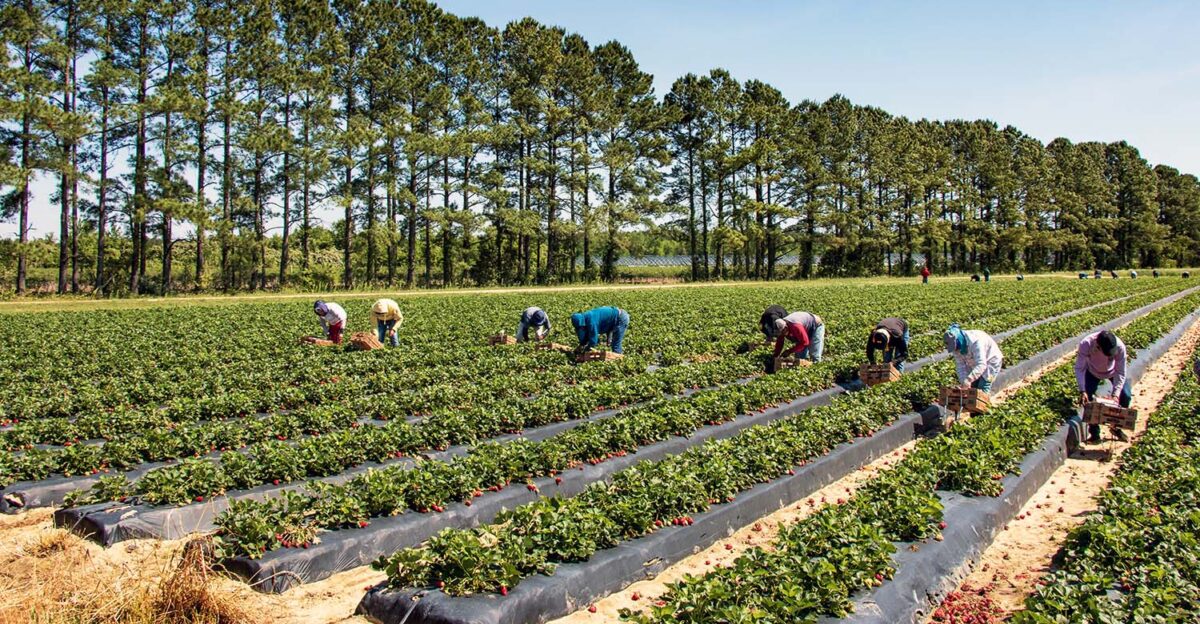
As the U.S. agricultural workforce increasingly relies on H-2A visa holders, data shows that these workers now comprise about 25% of the crop labor force. This shift is a direct result of a stubborn shortage of domestic labor willing to undertake arduous farm jobs.
Analysts point to cultural and economic factors that contribute to this reluctance, suggesting that as labor markets evolve, so too must policy frameworks. Understanding this demographic shift can help policymakers address the challenges inherent in maintaining a sustainable agricultural sector amidst competitive labor demands. The question looms: will reforms reflect the needs of both workers and farmers?
Enforcement Erosion
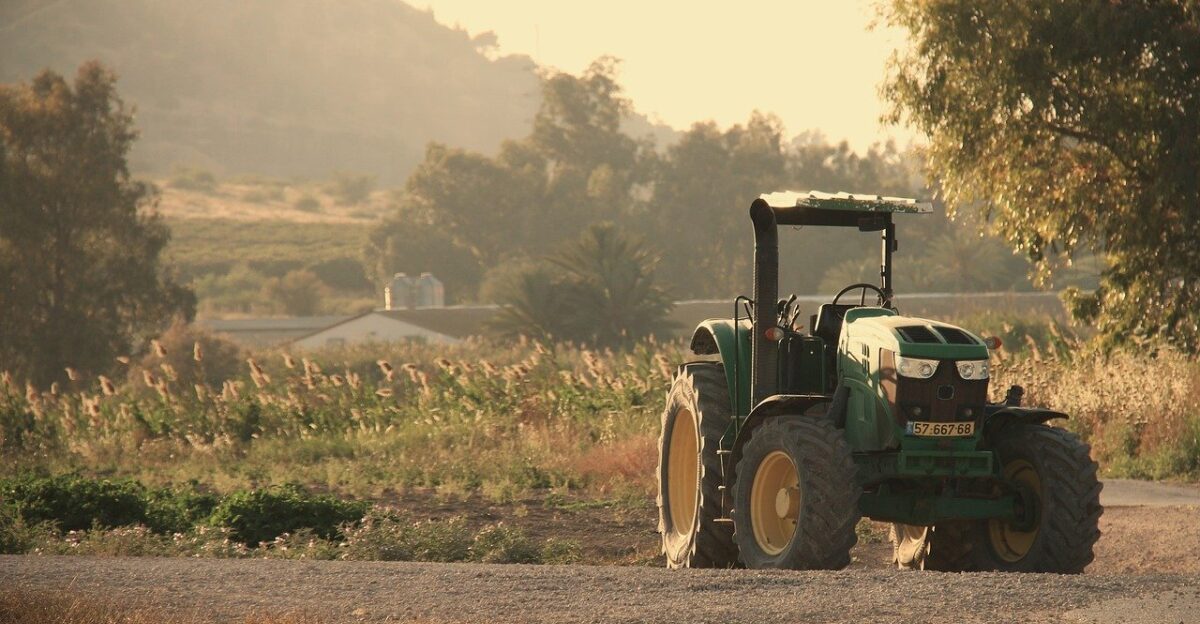
Since 2018, the Department of Labor has experienced significant cuts to its staff and enforcement capabilities, fundamentally undermining its ability to protect vulnerable workers from exploitation. This erosion in oversight raises serious concerns regarding wage theft, unsafe working conditions, and the overall welfare of agricultural laborers.
Advocacy groups argue that without effective enforcement measures, many farmworkers will continue to face detrimental conditions with little recourse against abuses. The dialogue surrounding labor policy and enforcement mechanisms is crucial as stakeholders push for reforms to restore integrity to labor practices in agriculture.
Worker Frustration
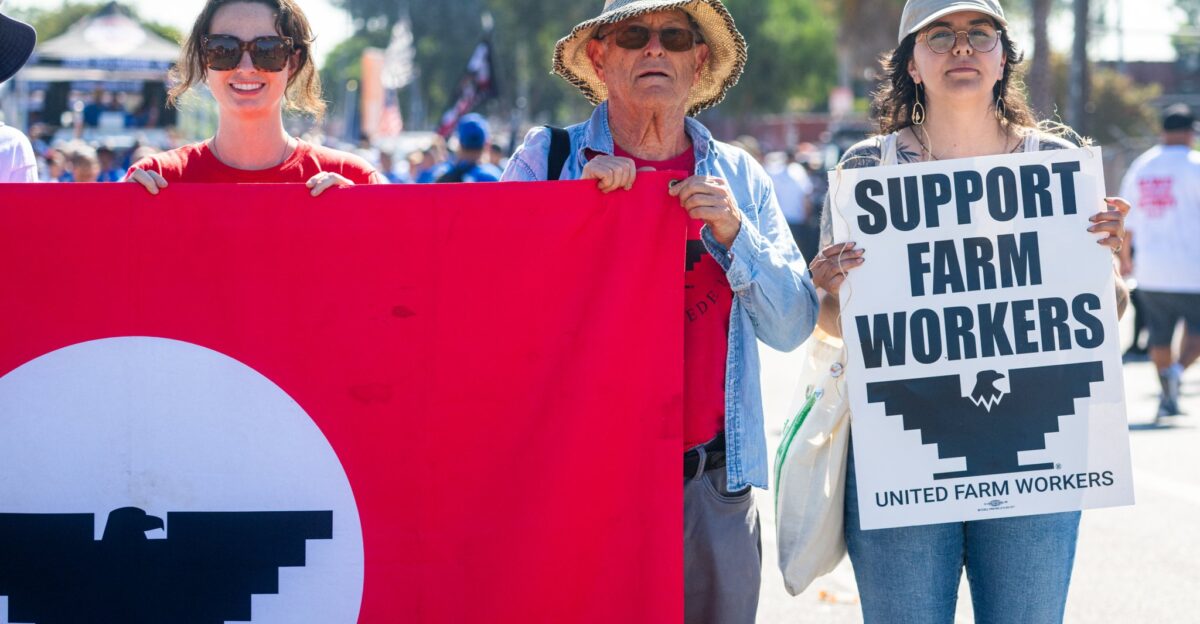
Amid these troubling developments, farmworker advocates and unions have vehemently condemned the recent wage cuts as a “catastrophe for American workers.” Teresa Romero, president of the United Farm Workers, asserts that these changes incentivize the replacement of U.S. labor with cheaper, more exploitable foreign labor.
The emotional weight of her message highlights the ongoing struggle for farmworker rights amidst a landscape marred by policy indifference. As frustration boils over among labor advocates, the potential for organized resistance grows, prompting calls for a renewed focus on protecting workers’ rights and ensuring equitable labor standards for all.
Leadership Moves

Brooke Rollins, appointed as Trump’s agriculture secretary, has promised to “modernize” the H-2A visa program to shield farm businesses from immigration enforcement actions. Her confirmation hearings indicate a notable shift towards prioritizing the interests of growers at the potential expense of farmworker protections.
As Rollins advocates for policies benefiting agricultural businesses, the dynamic between grower interests and worker well-being is increasingly scrutinized. This pivot raises questions about the long-term viability of labor protections and whether fair practices will languish under a regulatory regime focused on corporate benefits.
Strategic Response
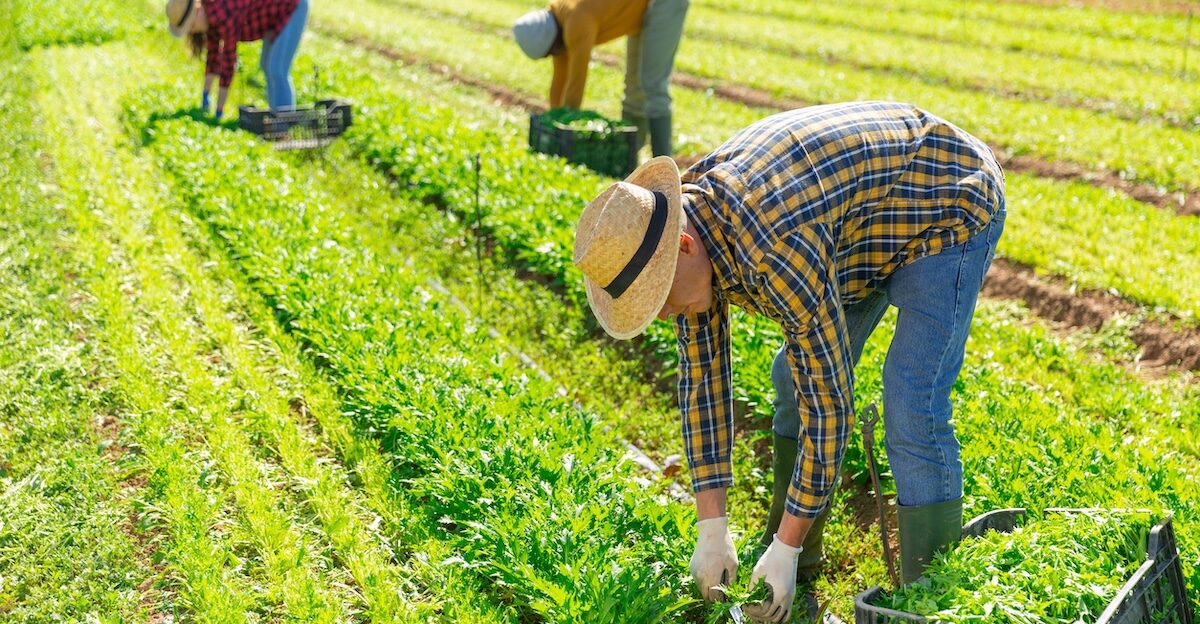
Faced with challenging market conditions, some growers have increased their reliance on H-2A workers, while others advocate for further deregulation to minimize labor costs. Conversely, farmworker organizations are mobilizing to escalate legal challenges and raise community awareness around labor rights issues.
This intricate interplay of interests illustrates how various stakeholders are responding to economic pressures in nuanced ways. As advocacy efforts gain momentum, farmworkers are asserting their rights amidst a shifting policy landscape, risking backlash while highlighting the need for equitable labor practices in agriculture.
Expert Doubts

Experts, such as Daniel Costa of the Economic Policy Institute, express skepticism over the effectiveness of freezing or cutting H-2A wages as a means to address labor shortages. Costa argues these policies are likely to deepen exploitation within the agriculture sector, driving domestic labor away and negatively impacting the overall viability of the industry.
His insights reflect a growing consensus that a reevaluation of labor policies is essential. Rather than pursuing cost-cutting measures, stakeholders are urged to seek sustainable solutions that prioritize fairness and respect for all workers engaged in agriculture.
Uncertain Future
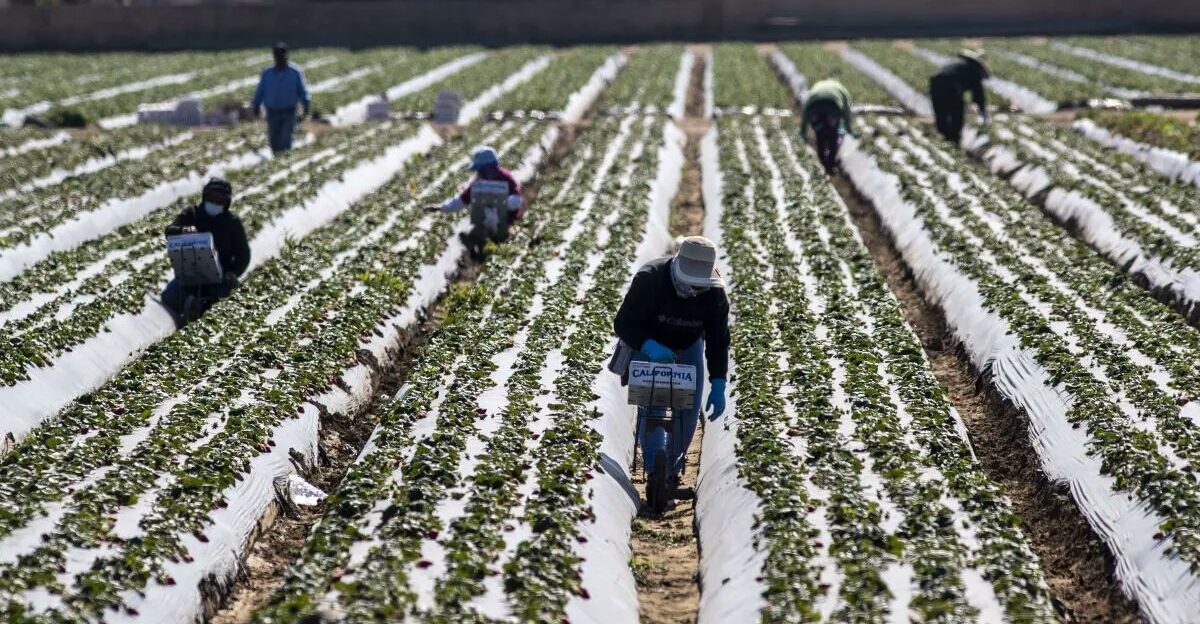
Looking ahead, the Department of Labor is preparing to implement a new wage-setting methodology for 2026. As the environment for H-2A workers evolves, more than 100,000 additional workers have entered the labor pool since 2020, suggesting that further wage cuts could amplify their vulnerability.
Observers anticipate that the administrative changes will shape not only wage structures but also the overall dynamics of farm labor in the U.S. The implications of these adjustments remain to be seen, but farmworker advocates remain vigilant in monitoring developments that could affect their rights moving forward.
Political Fallout
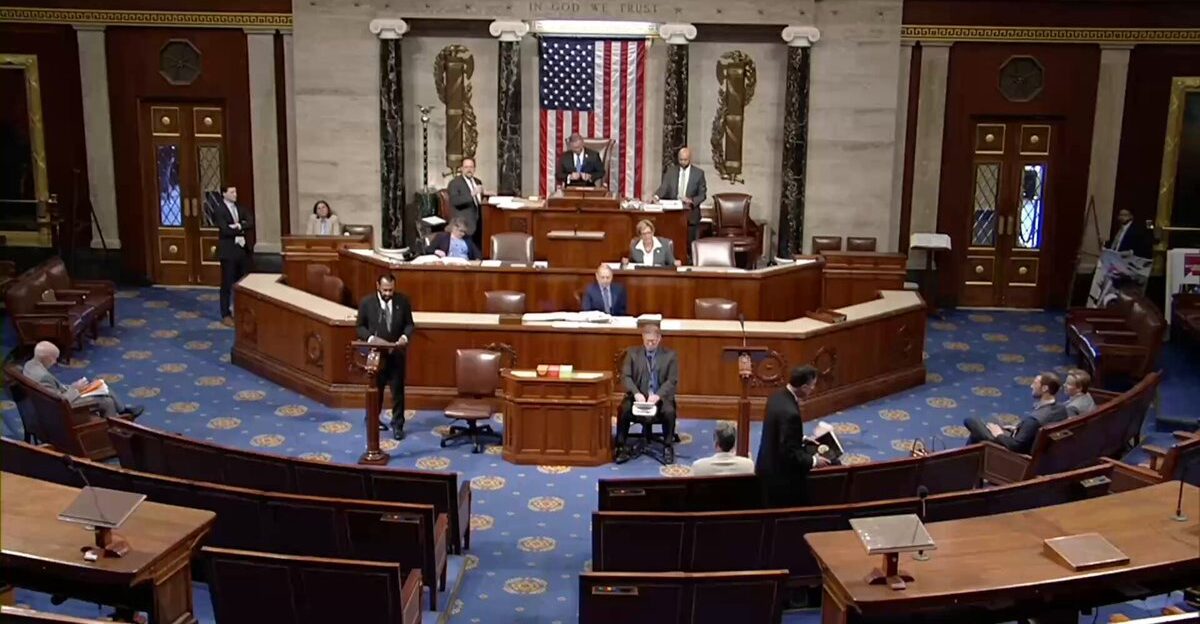
The recent cuts to farmworker wages have ignited extensive debate in Congress, with several lawmakers advocating for increased oversight and support initiatives for rural workers. This controversy has revealed significant divisions within political spheres concerning immigration policies, labor rights, and agricultural strategies.
As legislators navigate these complexities, the interplay between economic interests and humanitarian concerns may dictate the evolution of future farm policies. Stakeholders will remain vigilant about how these discussions affect both farmworkers and the communities that depend on sustainable agriculture.
Community Organizing
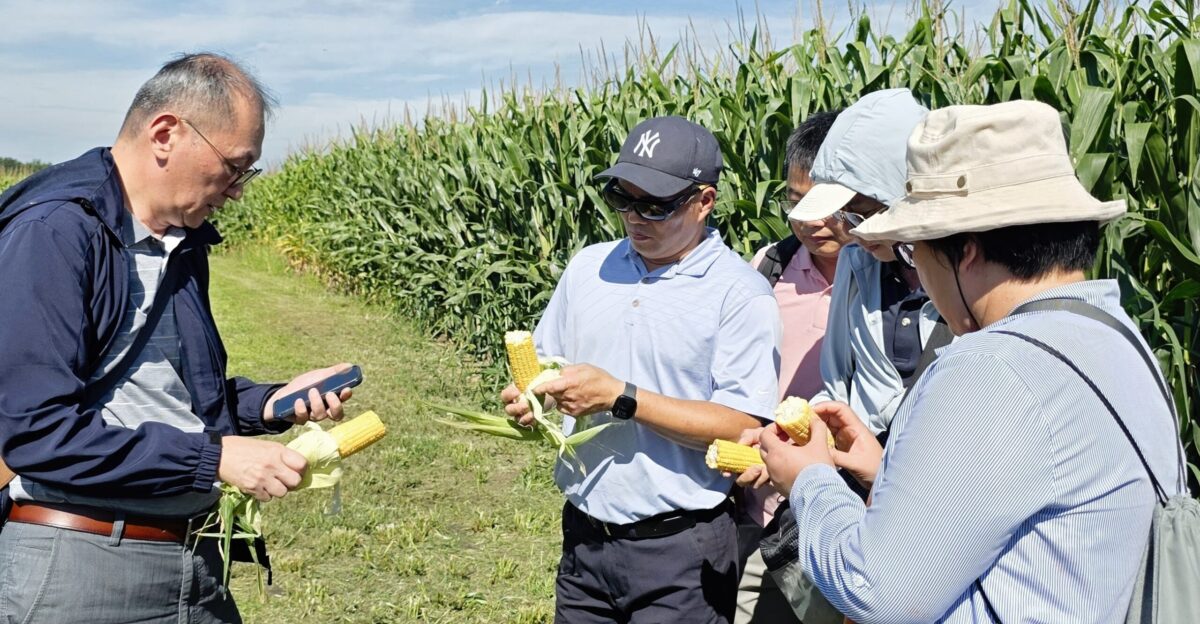
In light of the ongoing challenges faced by farmworkers, community organizations are intensifying their efforts to mobilize support and advocate for improved labor conditions. These grassroots initiatives emphasize the importance of solidarity among workers and aim to bridge gaps in understanding between laborers, consumers, and policymakers.
Community events, educational campaigns, and collaborations with local businesses are pivotal in building awareness and support for the rights of farmworkers. As these movements gain traction, their potential to reshape public opinion on labor issues in agriculture becomes increasingly apparent.
Media Coverage

The media’s role in documenting the struggles of farmworkers remains integral to revealing larger systemic issues within the agricultural sector. Investigative reports and feature stories help raise public awareness and amplify the voices of those affected by wage cuts and policy changes.
The convergence of journalism and advocacy empowers communities to hold decision-makers accountable while shedding light on the human stories that statistics often obscure. As public interest piques, the pressure on policymakers to address these pressing concerns intensifies, making media coverage a valuable tool for driving change.
Advocacy Strategies

Advocates for farmworker rights are exploring innovative approaches to address the fallout from recent policy shifts. Strategies range from legal challenges to appeals for ethical consumerism, aiming to equip farmworkers with resources and support. Training programs on labor rights, as well as initiatives to raise funds for farmworker-led causes, are also gaining momentum.
As these strategies evolve, the focus remains on fostering resilience among workers while promoting fair labor practices within the agricultural sector. The future of farming policy hinges on the capacity of advocates to generate momentum behind these necessary reforms.
Call to Action
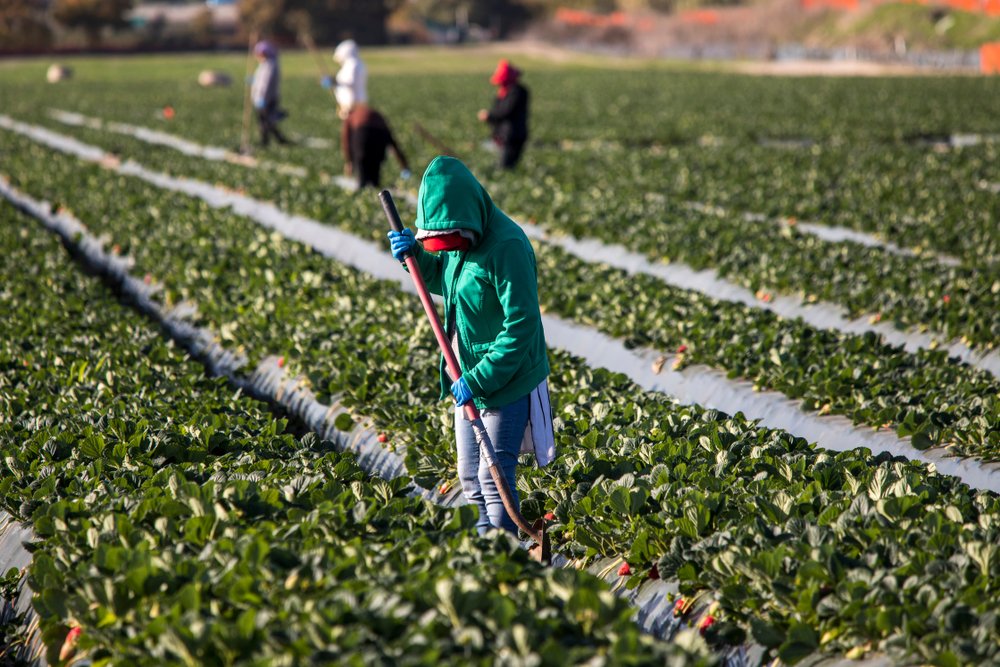
As the plight of farmworkers becomes increasingly visible, a collective call to action emerges for consumers, advocates, and voters. Engaging with local agricultural initiatives, supporting fair labor practices, and advocating for policy change are vital steps in reshaping the landscape for those who feed the nation.
By amplifying calls for justice and equity, stakeholders can make meaningful contributions to the ongoing dialogue surrounding farmworker rights. Ultimately, the vitality of the agricultural sector relies on a commitment to uphold the dignity and welfare of all individuals laboring under the sun, ensuring a more equitable future in farming.